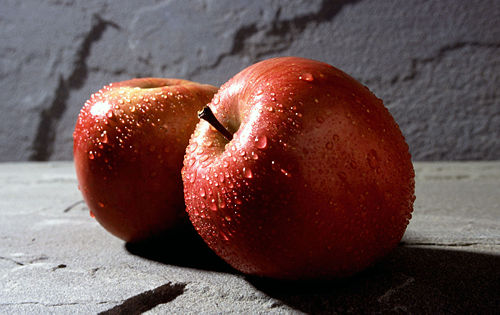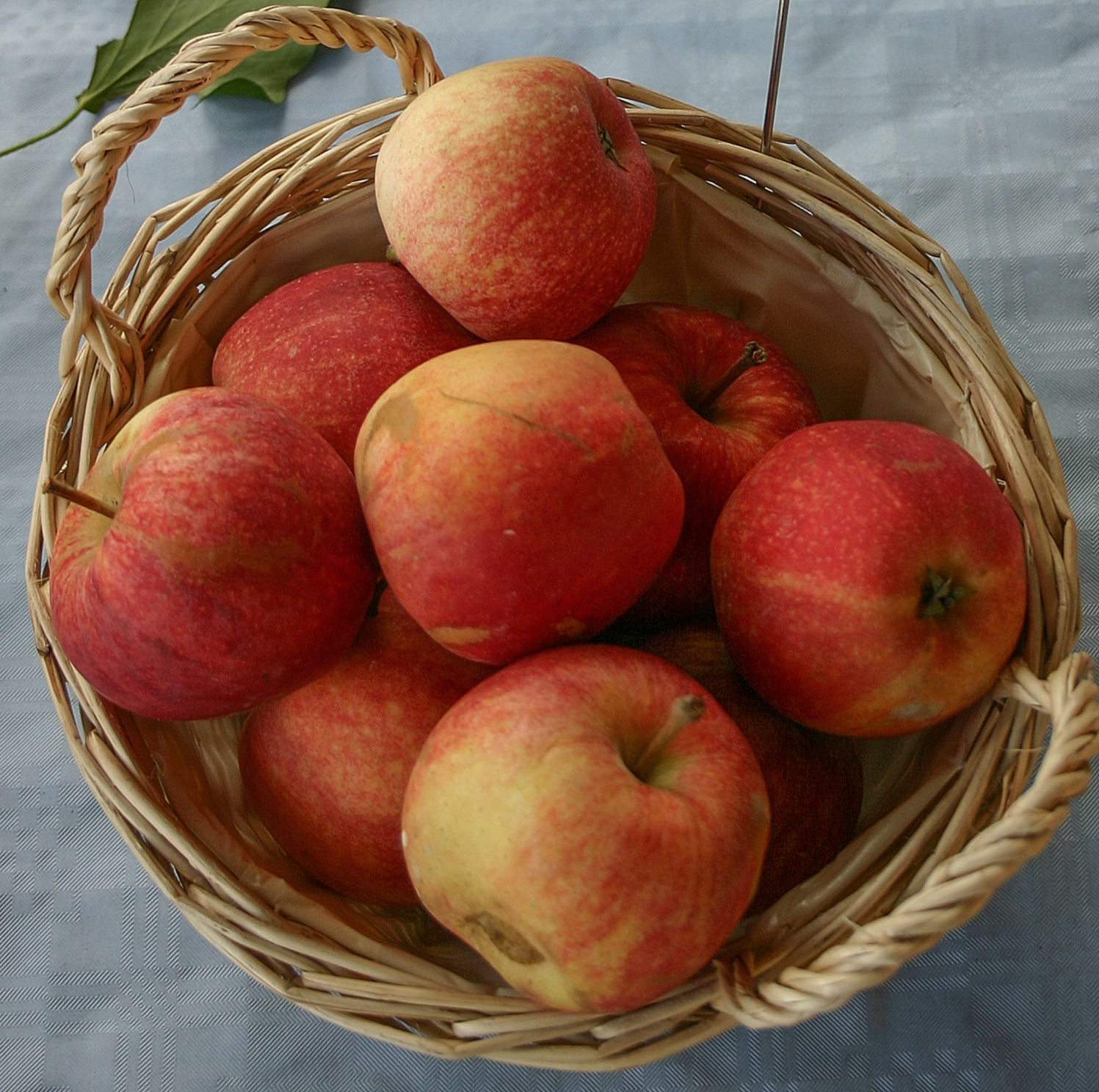
If you have a hummingbird feeder, hang them low to the ground (preferably on a long string) in plain view in front of the open door. This could help to draw out the hungry bird down to where it can see back out into the real world and freedom. Hummingbirds are easiest to lure because they’re very attracted to anything red. That’s why they feed on red pink, and purple flowers. Put as much different red things as you can find on the ground just inside and outside the open garage door with things like red cloth, red flowers, red paper, etc. Then back off so you don’t frighten the bird and keep it up in the rafters. There was a case of the hummingbird trapped from high inside the steeple area of a huge church. Spreading a red tablecloth on the floor lured it down and out through the open doors.

On uncommon occasions, trapped songbirds are capable of working things out for themselves with a little help from their friends, who are sometime chirping in a tree just outside the garage door. But if all else fail, you may have to throw a bath towel over the bird, catch it, and release it yourself.
Wild creatures that live in the city have to develop a whole new set of behaviors to help them cope with the man made surroundings. Birds that instinctively fly up and away to get out of trouble have to modify that escape reaction and learn to fly down and out via doors and windows when they get cornered in buildings. It’s happening, albeit slowly, then again Mother Nature has a mind of her own and never was one to move quick or make snap decisions.
© 4/19/2011 Athena Goodlight on Quazen




























